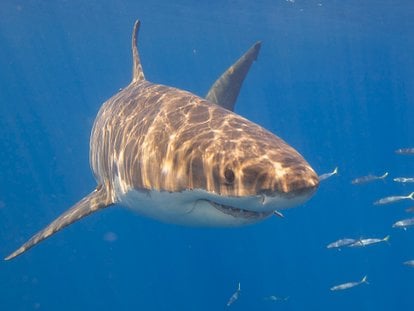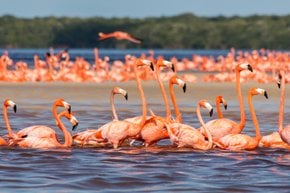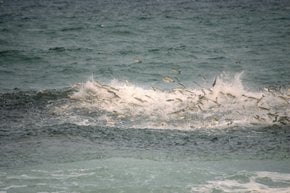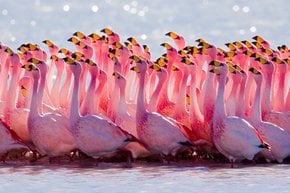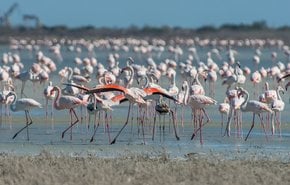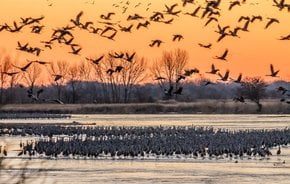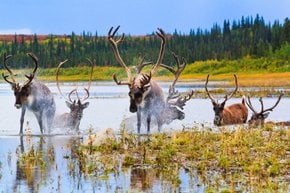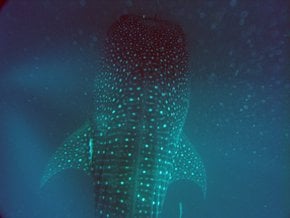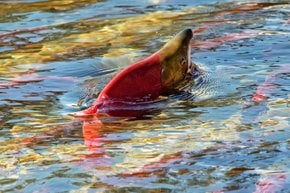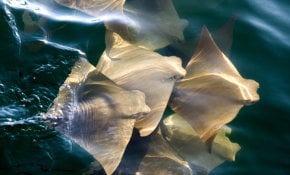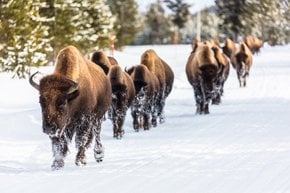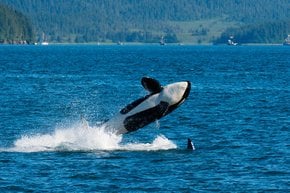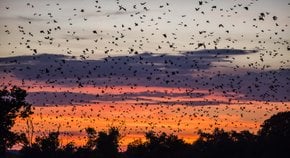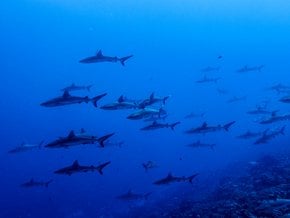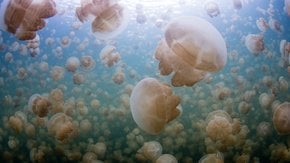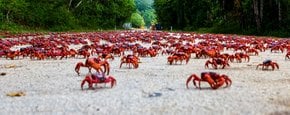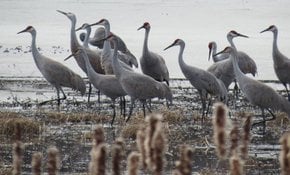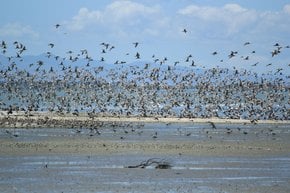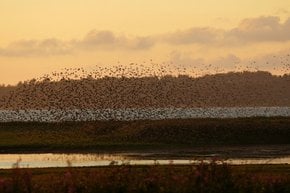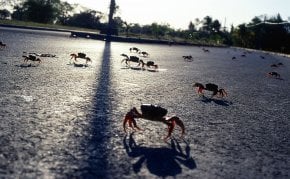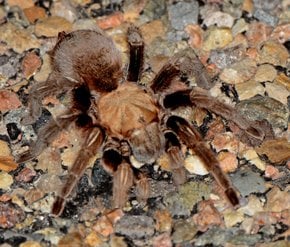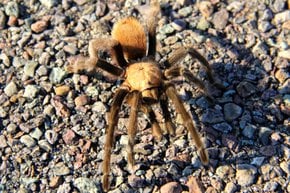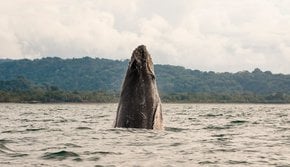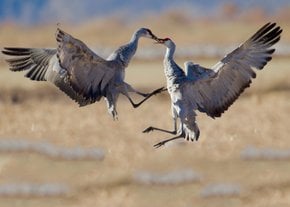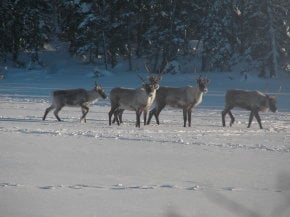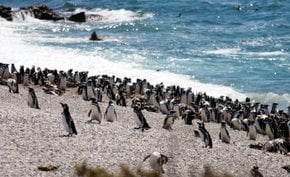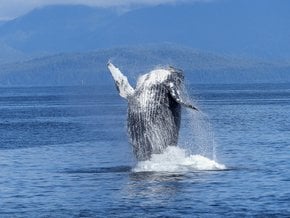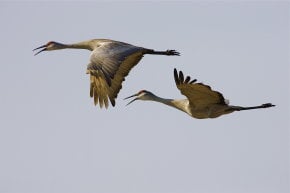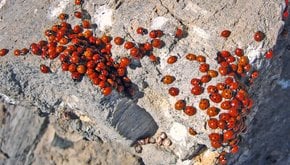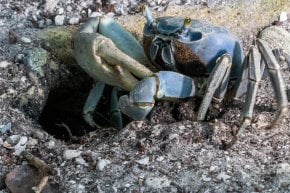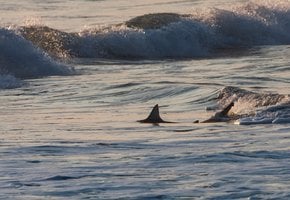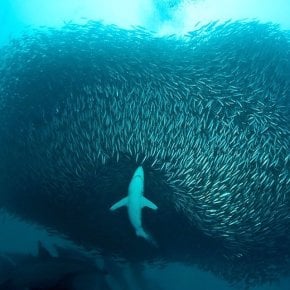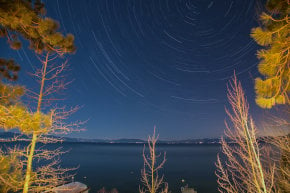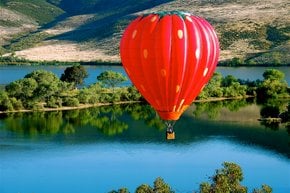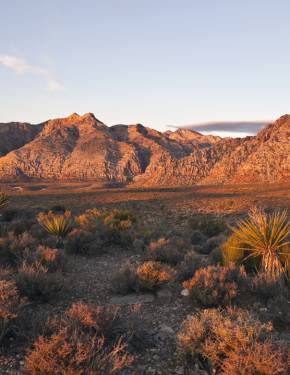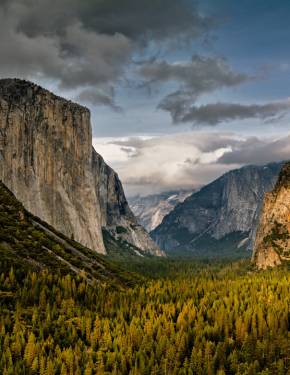Große Weiße Haie in Kalifornien 2026
Während sich das Meer erwärmt, beginnen weiße Haie ihre jährliche Migration zwischen Mexiko und Südkalifornien.
Beste Zeit: August bis September
In der Geschichte Kaliforniens gab es nur neun Todesfälle, die durch große weiße Haie verursacht wurden. Diese Statistik zeigt, dass Hai-Angriffe extrem selten sind. Dennoch sind weiße Haie die einzige Art, die man in kalifornischen Gewässern treffen kann, die Gefahr für den Menschen darstellen, also ist es wichtig, sich bewusst zu sein
Great white sharks can live up to 70 years, with males reaching sexual maturity around 9-10 years and females at 14-16 years. Females give birth to litters of two to fourteen pups, each about 4-5 feet long at birth. Young sharks, known as juveniles, typically inhabit warmer, shallow waters close to shore, which serve as their nursery grounds.
Weiße Haie sind am häufigsten in den Gewässern entlang der Westküste der Baja California Halbinsel in Mexiko. Wissenschaftler schätzen ihre Bevölkerung auf etwa 300. Wenn sich der Ozean in der Nähe der USA erwärmt. Kalifornische Küste, Haie wandern oft nach Norden entlang der Küste. Ihre Spitzenzahlen werden in Kalifornien im August und September registriert, aber Haie können während des restlichen Jahres auch entdeckt werden
Weiße Haie werden am häufigsten in der Nähe der Kanalinseln, bei Point Conception sowie in der Nähe der Strände von Santa Barbara, Santa Monica Bay, Long Beach, Huntington Beach und in der Nähe von San Clemente gesehen. Im Norden erscheinen sie in der Nähe der Farallon-Inseln, der Insel Año Nuevo und des Tomales Point.
Weiße Haie werden oft wegen ihrer beeindruckenden Größe gefürchtet. Ausgewachsene Arten wiegen etwa 4.000–5.000 lbs (1-3 t). Sie ernähren sich von Fischen und Meeressäugetieren. Junge Elefantenrobben sind ihre Hauptdarsteller in Kalifornien. Es wird angenommen, dass große weiße Haie bis zu 70 Jahre leben.
California's "Red Triangle" is notorious for its high incidence of shark attacks. Over one-third of all great white shark attacks in the United States occur in this region. The region's moniker, the "Red Triangle," reflects its dangerous reputation, covering roughly 200 miles of coastline. It begins around Bodega Bay, extends southward to about 50 miles west of San Francisco, and concludes in the Big Sur region.
However, it's not the beachgoers and surfers that attract these formidable predators. Instead, the Red Triangle is teeming with marine mammals such as elephant seals, harbor seals, sea lions, and sea otters, which are the preferred prey for great whites. As apex predators, great white sharks play a critical role in the marine ecosystem by maintaining the balance of species below them in the food chain. They primarily feed on marine mammals, as well as fish and seabirds. Their hunting strategy involves powerful, stealthy ambush attacks, using their keen sense of smell and ability to detect electromagnetic fields to locate prey.
Despite their preference for marine mammals, great whites occasionally come into contact with humans. Contrary to the popular myth that great whites mistake surfers for seals due to poor eyesight, these sharks actually have excellent vision. Their interactions with humans are often the result of their curious nature, leading them to "taste test" unfamiliar objects, including people. Globally, great white sharks are responsible for more human attacks than any other shark species. Nonetheless, it's important to remember that shark attacks remain rare, and the overall risk to beachgoers is still minimal. Since record-keeping began, there have been only 16 fatal shark attacks in California.
For those interested in observing Great White Sharks, guided tours are available at various locations along the California coast. Participants might spot both juveniles and adults up to 20 feet long, and along the way, may also encounter humpback whales and dolphins. Polarized sunglasses are recommended for spotting these magnificent creatures, as dark shadows and dorsal tips breaking the water's surface are key indicators.
A thrilling cage diving adventure provides participants with the chance to get into the water with great white sharks or observe their predatory behavior from the deck. No dive experience is necessary, with certified instructors guiding divers through everything they need to know. Whether diving or serving as a lookout for shark activity, participants play a crucial role in this adventure.
Most Great White Shark viewing locations are easily accessible from major Californian cities. For example, the Channel Islands can be reached via boat tours departing from Ventura or Oxnard, both of which are roughly an hour's drive from Los Angeles. Santa Barbara beaches and Point Conception are also within a short drive from urban centers, making them convenient for day trips. For those visiting Año Nuevo Island or Tomales Point, the nearest major city is San Francisco, about a 90-minute drive away. These areas are well-equipped with visitor facilities, including restrooms, picnic areas, and informational signage.

